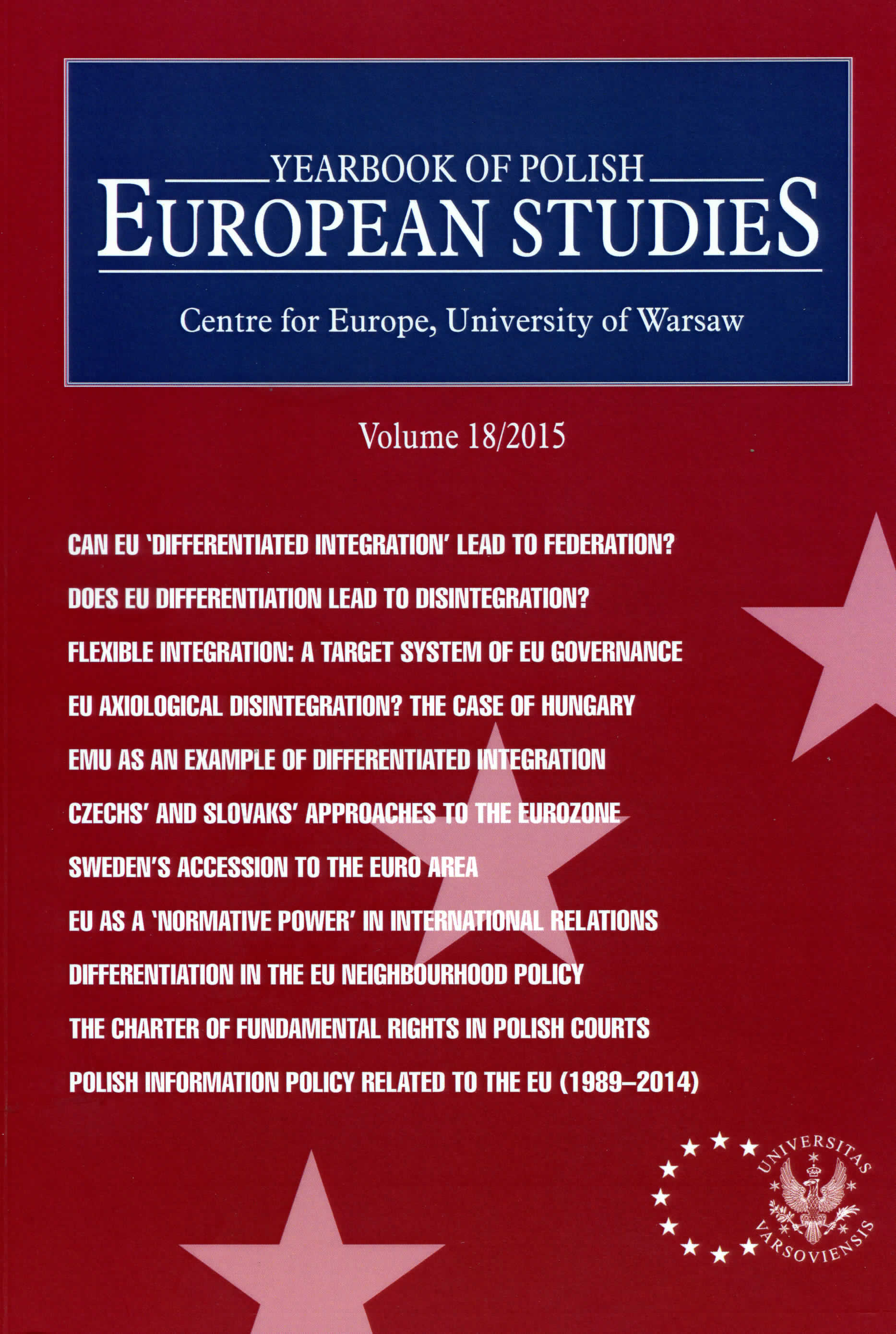The EU Strategy towards the central Asia Region Policy Assessment and Some Recommendations for the Future
The EU Strategy towards the central Asia Region Policy Assessment and Some Recommendations for the Future
Author(s): Andrzej SkrzydłoSubject(s): Politics / Political Sciences, Politics, EU-Approach / EU-Accession / EU-Development
Published by: Centrum Europejskie Uniwersytetu Warszawskiego
Keywords: EU-Central Asia dialogue; global security; energy; development policy
Summary/Abstract: The EU Strategy adopted in 2007 was the first basic document which established a medium-term policy line in the relationship between Europe and Central Asia, for the first time perceived as a group of five Central Asia countries which were former Soviet republics. Despite many deficiencies in the Strategy and some setbacks on the part of the EU in the course of its implementation, the document has become an important reference point for numerous policies and actions taken vis-à-vis these five Central Asia countries. In secu- rity terms, Europe perceives Central Asia as a border area separating Europe from the ‘area of instability’, and that philosophy greatly determined the set of policies formulated and applied in relations with the Central Asia countries. Most of them are still countries on the path to development, relying to a certain extent on foreign development and humanitarian aid, including European aid. At the same time, Europe has realised that this region is a potential source of strategic natural resources, including energy, which coincides with the EU’s search for greater diversity of energy sources and routes of its delivery, taking into consideration the current risks, challenges and limitations linked to Russia’s return to an assertive policy of power, conflicts with its neighbours (Ukraine), trade wars etc. The objective of this article is to outline the EU’s policies, concepts and approaches towards the Central Asia region and their modification and adjustment to the current international dynamism and changing situation in the region itself, as well as to identify the global factors which eventually affect the relationship between Europe and the region. Additionally, some recommendations and suggestions with regard to a future EU Strategy are proposed, based on lessons learnt and analysis of the international environment.
Journal: Yearbook of Polish European Studies
- Issue Year: 2014
- Issue No: 17
- Page Range: 229-255
- Page Count: 27
- Language: English

